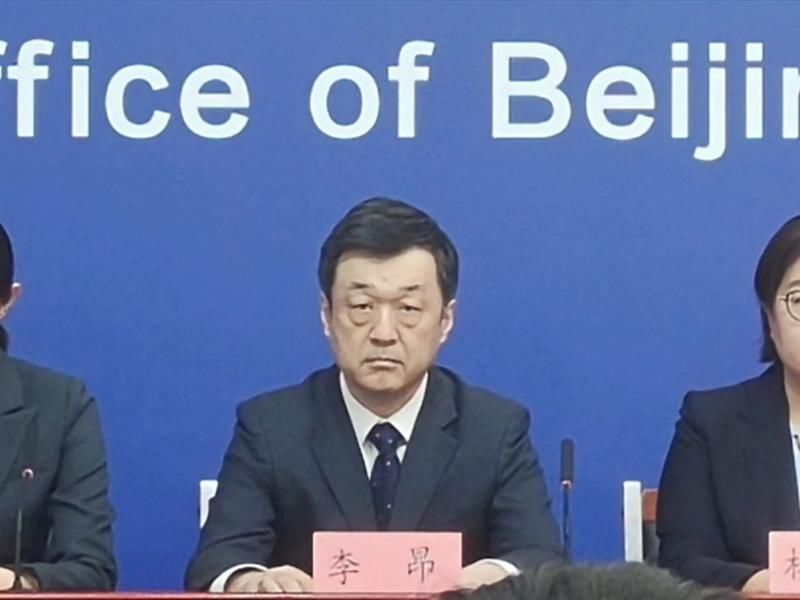At present, the current round of the epidemic has involved 12 districts. How to ensure the medical needs of those at risk of the epidemic? At the just-held press conference on the 319th new crown pneumonia epidemic prevention and control work held in Beijing, Li Ang, deputy head of the quarantine and testing working group of the Beijing new crown pneumonia epidemic prevention and control leading group and deputy director of the Beijing Municipal Health Commission, responded that in In terms of medical service guarantee for persons at risk of the epidemic, it can be summed up in three sentences: find out the bottom line, unblock channels, and respond quickly.

First, find out the key personnel need. Community closure, control, management and medical security are deployed and in place at the same time. Do a good job in the mapping of key groups such as tumors, dialysis, and mental illnesses that require continuous medical services, as well as pregnant women, children, and the elderly living alone. Information such as medical insurance methods and planned medical institutions after management and control, so that the responsibility falls to the person, the map, and the institution.
The second is to unblock the channels for medical treatment. Provide classified protection measures according to the condition of residents, and unblock the channels for medical treatment. Those with 11 types of new coronary pneumonia symptoms such as fever, dry cough, fatigue, etc., will be transferred to a designated hospital fever clinic for a point-to-point closed-loop treatment; those who do not have 11 types of symptoms and are not urgent, through family doctor services, remote diagnosis and treatment, medical point services, medical tours, etc. Guarantee the medical needs of residents; for chronic disease patients who need to be prescribed medicines on a regular basis, provide medicine prescribing services on behalf of the designated medical institutions or third parties to provide medicine distribution services; for those who really need to go out for medical treatment after evaluation, they will be referred to designated hospitals at the district level For regional medical treatment, municipal experts provide support through remote consultation or on-site consultation by dispatching experts; for severe patients such as tumors that require regular treatment, medical institutions provide uninterrupted services.
The third is quick scheduling response. Community contacts, community health service agencies, and medical service guarantee telephones in each district are kept open 24 hours a day, and medical resources are connected in a timely manner according to residents’ medical needs. Arrange government officials to be stationed in the Beijing Emergency Center to coordinate and dispatch, and do a good job in the transfer and docking of patients going out for treatment in epidemic-related areas, so as to achieve timely linkage, rapid response, and closed-loop management. For critically ill patients, 120 ambulances are used to transfer them to district-level designated hospitals or nearby medical institutions for treatment to ensure the life safety of those at risk of the epidemic.
“Next, the medical treatment and hospital infection prevention team will closely follow the epidemic situation, optimize the medical service guarantee plan for those at risk of the epidemic in real time, meet the medical needs of residents in the epidemic-related areas, and make every effort to protect the life safety and health of the capital residents. Good health.” Li Ang said.
Text/Beijing Youth Daily reporter Jiang Ruojing Wang Bin Li Zewei
Editor/Gao Yan